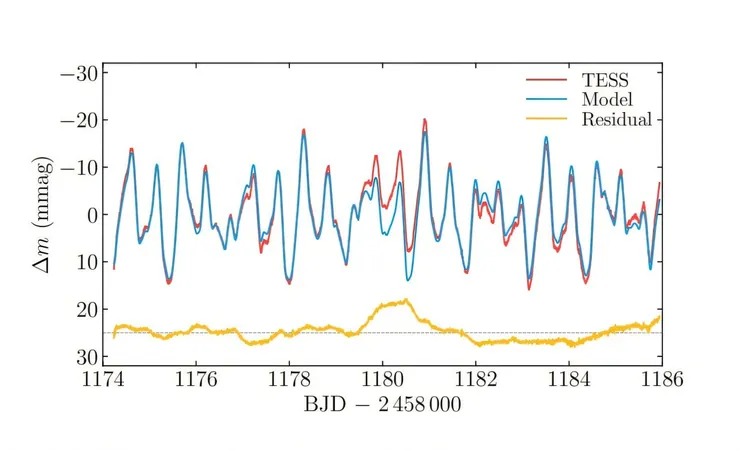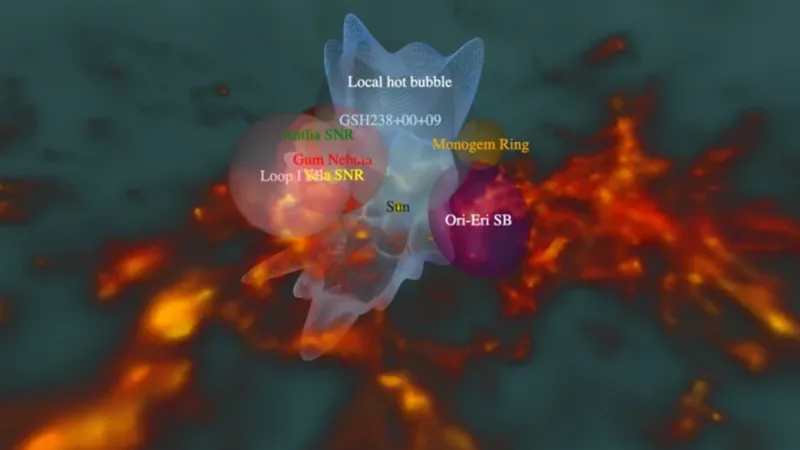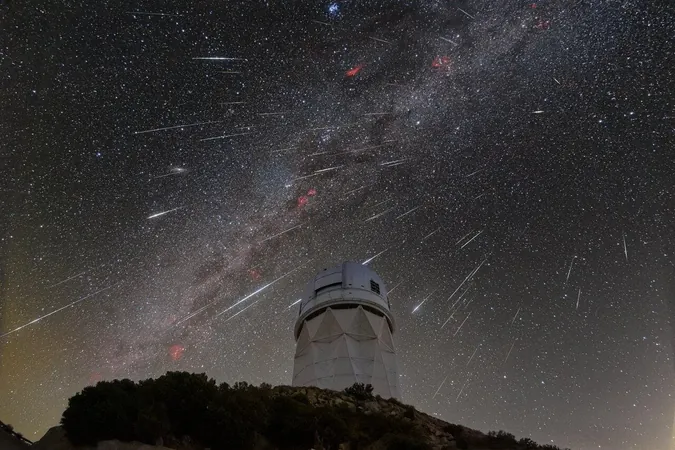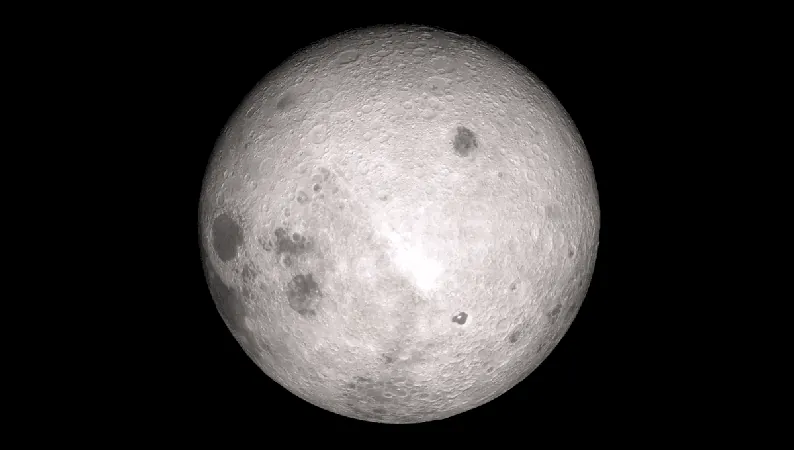
Unraveling the Mysteries of the Double-Lined Spectroscopic Binary HD 34736
2024-11-20
Author: Liam
Introduction
In a groundbreaking study published on November 6 in the Monthly Notices of the Royal Astronomical Society, an international team of astronomers has delved deep into the fascinating properties of the double-lined spectroscopic binary system known as HD 34736. This stellar duo, located approximately 1,215 light years from Earth, harbors secrets that could advance our understanding of binary stars and their magnetic fields.
Characteristics of Double-Lined Spectroscopic Binaries (SB2)
Characterized as double-lined spectroscopic binaries (SB2), these systems are unique as both stellar components display discernible spectral lines that alternately shift between double and single appearances. Such observations have primarily been made possible through intricate techniques involving Doppler shifts in stellar light.
Composition of HD 34736
HD 34736 shines particularly bright due to its composition: it consists of two chemically peculiar late B-type stars. The primary star stands out with its extraordinary magnetic field exceeding 4.5 kG. The research team, spearheaded by Eugene Semenko from the National Astronomical Research Institute of Thailand, employed a multi-site spectroscopic and spectropolarimetric monitoring campaign, utilizing observational facilities across Europe, Asia, and North America.
Key Findings
The findings indicate that the primary star is a chemically peculiar helium-weak star with a significant effective temperature of 13,000 K and an impressive rotational velocity of 75 km/s. Its companion, on the other hand, showcases variability in magnesium and silicon emission lines, with an effective temperature of 11,500 K and a rotational velocity fluctuating between 110 and 180 km/s.
Orbital Dynamics and Rotational Characteristics
What’s more intriguing is that these stars don't orbit in a simple manner; they follow an eccentric orbit, completing a full revolution every 83.2 days. Additionally, the primary star exhibits a unique rotational period of about 1.28 days, which is gradually lengthening at a rate of about 1.26 seconds annually. Conversely, the secondary star rotates at a faster pace of approximately 0.52 days, but its period is shortening over time at a rate of 0.14 seconds per year.
Magnetic Properties
The magnetic properties of these stars reveal even more complexity. The primary star features a strongly asymmetric global magnetic field, with strengths varying between -6.0 kG and 5.0 kG. In contrast, evidence of a weaker magnetic field around the secondary star has been discovered through spectropolarimetric studies.
Hypothesis of a Third Component
In a tantalizing twist, the researchers suggest the possible existence of a third, cooler component within the HD 34736 system, potentially a T Tauri variable star. This hypothesis remains unconfirmed and highlights the need for further investigations, which could further illuminate our understanding of these dynamic celestial entities.
Conclusion and Future Research
The revelations stemming from this study not only enhance our knowledge of HD 34736 but may also have implications for our broader understanding of stellar evolution, magnetism, and the intricate dance of binary star systems. As research progresses, astronomers hope to unlock more secrets hidden among the stars, making HD 34736 a system to watch in the coming years!









 Brasil (PT)
Brasil (PT)
 Canada (EN)
Canada (EN)
 Chile (ES)
Chile (ES)
 España (ES)
España (ES)
 France (FR)
France (FR)
 Hong Kong (EN)
Hong Kong (EN)
 Italia (IT)
Italia (IT)
 日本 (JA)
日本 (JA)
 Magyarország (HU)
Magyarország (HU)
 Norge (NO)
Norge (NO)
 Polska (PL)
Polska (PL)
 Schweiz (DE)
Schweiz (DE)
 Singapore (EN)
Singapore (EN)
 Sverige (SV)
Sverige (SV)
 Suomi (FI)
Suomi (FI)
 Türkiye (TR)
Türkiye (TR)